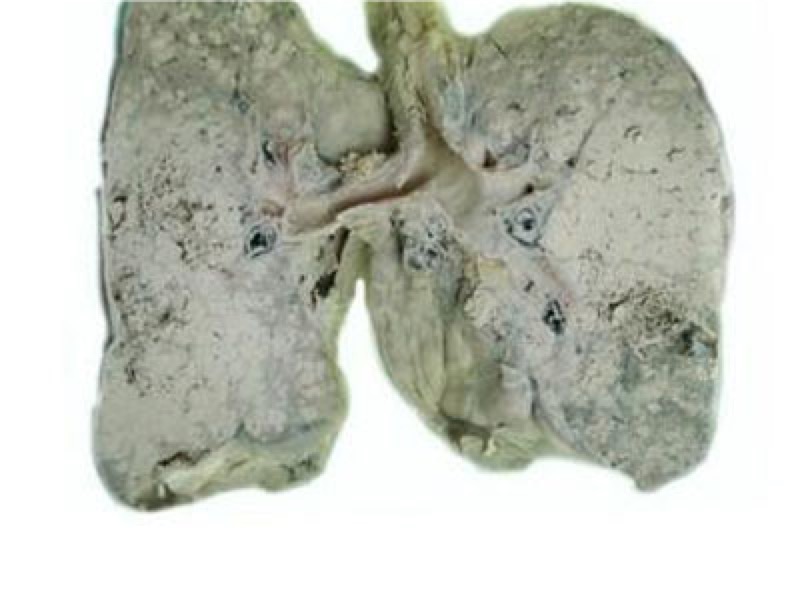Colon cancer t3n0m0 survival rate
What is the survival rate of colon cancer t3n0m0? There are different clinical staging methods for cancer. TNM is a common one. Through this staging we can judge the severity of the disease. Colon cancer t3n0m0 indicates that the cancer has developed In the mid-term, the harm is even greater. At this time, active treatment is required. So, what is the survival rate of colon cancer t3n0m0?

Colon cancer is a common gastrointestinal malignant tumor that occurs in the colon, and it is more likely to occur at the junction of the rectum and sigmoid colon. The incidence rate is highest in the ~50-year-old age group, and the incidence rate is the third in gastrointestinal tumors. Colon cancer is mainly adenocarcinoma, mucinous adenocarcinoma, and undifferentiated carcinoma. The endoscopic minimally invasive treatment of early cancer can be treated with endoscopic minimally invasive treatment. The treatment of advanced cancer is mainly surgery, and the five-year survival rate of colon cancer t3n0m0 is relatively high.
The incidence of colon cancer is mainly related to high fat and low cellulose diets. Chronic inflammation of the colon makes the incidence of bowel cancer higher than the general population. People with colon polyps have five times more colon cancer than those without colon polyps. Familial multiple intestinal polyps, the incidence of cancer is higher, genetic factors may also be involved in the incidence of colon cancer.
There can be no symptoms in the early stage, and the middle and late stages can be characterized by abdominal distension and indigestion, and then change in bowel habits, abdominal pain, mucus stool or bloody stool. After tumor ulceration, blood loss, and toxin absorption, symptoms such as anemia, low fever, fatigue, weight loss, and edema of the lower limbs often occur. If abdominal distension, abdominal pain, constipation, or inability to defecate, physical examination shows abdominal distension, intestinal type, local tenderness, auscultation and bowel sounds, suggesting that incomplete or complete intestinal obstruction may occur.
If the tumor infiltrates and adheres to the omentum and surrounding tissues, an irregular mass is formed. In the late stage, there may be signs of liver and lung metastases such as jaundice, peritoneal effusion, edema, cachexia, swollen supraclavicular lymph nodes and other distant metastatic tumors. The clinical manifestations of colon cancer are different.
The principle of surgical treatment of colon cancer is to cure as far as possible, protect the pelvic vegetative nerve, preserve sexual function, urinary function and defecation function, and improve the quality of life. Supplemented with comprehensive programs of chemotherapy, immunotherapy, Chinese medicine, and other supportive treatments to increase the rate of surgical resection and reduce the rate of recurrence.
Related Articles

- Early Signs of Bladder Cancer
- What are the early symptoms of bladder cancer?
- 2020-12-17

- How to prevent depression
- How to prevent depression?
- 2020-12-17

- Early symptoms of lung cancer
- 2020-12-17

- Symptoms of depression
- What are the symptoms of depression?
- 2020-12-17

- Drinking water can prevent heat stroke
- Actually, the hot weather is not the direct cause of heat stroke. Heat stroke is mostly caused by sweating caused by heat. Under the high temperature in summer, the body sweats tens of tim
- 2020-08-03

- Office workers should beware of cervical spondylosis
- Cervical spondylopathy is mainly caused by degeneration of cervical intervertebral disc and hyperostosis of cervical spine, with neck and shoulder pain, numbness of upper extremities and d
- 2020-08-03
